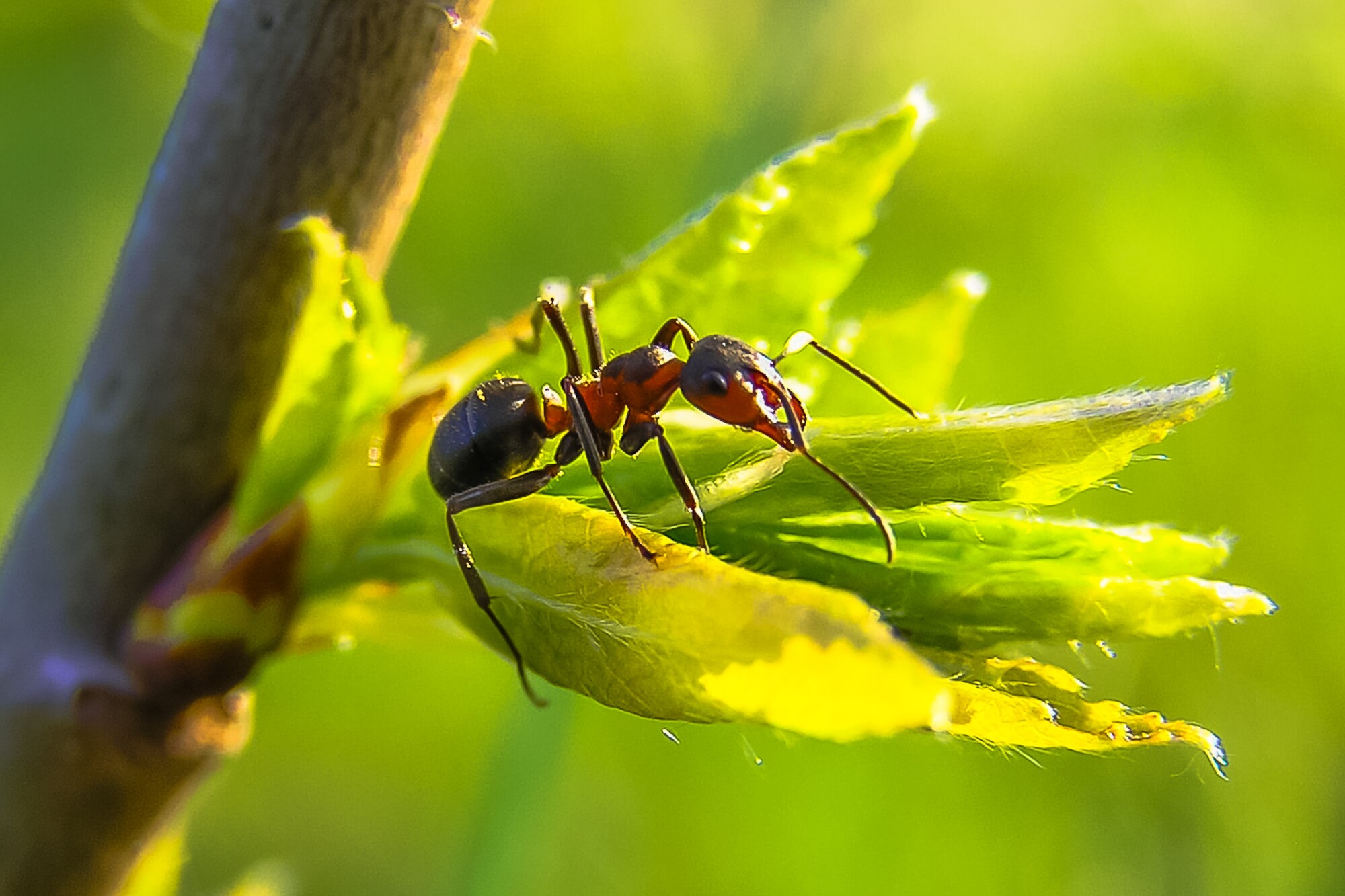
5 Tips for Starting an Ant Farm
Looking for something fun you and your family can do together? Do you know what an ant farm is?
If you want to start an ant farm but don’t know how to keep reading. In this article, we’ll go over tips for starting an ant farm and how you can have an enjoyable ant farm experience with your family.
We’ll also tell you the best places to get your ants. Keep reading to discover the best ant farm tips and tricks!
1. Find the Right Ants
Research the types of ants native to your area and consider their individual needs. Once you’ve settled on the type of ant you want to house, contact your local ant farm/supply store to secure specimens.
You’ll want to find active ants and avoid any with disease, deformities, or discoloration. Furthermore, gravid (pregnant) queens or those with eggs or larvae are ideal selections, as these will likely have the most success establishing a thriving colony.
2. Setting up the Environment
Once you have selected a farm, you will need to prepare the soil by mixing in organic materials such as compost, peat moss, vermiculite, sand, and soil. Add some water to moisten it, and be sure to regularly mist the soil to keep it moist.
Be sure to put the ant farm in an area of your home where it will receive ample indirect light and temperatures between 20-25°C. Finally, you may need to buy some ant bait to help attract the ants to the farm.
3. Get Ant Farm Starter Kit
An ant farm kit can provide an easy and quick way to start learning about ants. You can also enjoy the fascinating interactions of an ant colony of these social insects.
It includes all the necessary supplies and illustrated guides for caring for and raising ants. For more, view this ant farm kit, as it’s easy to use to you handle your ants safely and without incident.
4. Feeding and Maintaining an Ant Farm
Food should consist of small insects, dried cereal, and grains. The food should be fed along the edges of the habitat so that the ants can easily find it.
Water should be kept in a shallow bowl and refilled every week with fresh, clean water. To keep the plastic walls of the farm clear of dirt and other debris, a damp cloth should be used to wipe it away every few weeks.
5. Troubleshooting Common Ant Farm Issues
Look at the environment of the ant farm, ensuring that the temperature is stable and that the environment is clean. If the ants are not thriving, look at the food you are providing them.
Check the moisture level of their environment. If it is too dry or too wet, the ants may face dehydration risk. If the ants are looking sluggish and lacking activity, they may need a total replicating environment.
A Guide to Starting an Ant Farm
Taking care of an ant farm is a fun and exciting project. With these tips and tricks, your ant farm can thrive, and your experience will be enriched.
By reading this guide, your ant farm will serve as a rewarding and unique lesson in insect behavior. Get started on your ant farm today!
If you enjoyed this article, then check out the rest of my blog for the more interesting and informative content!
